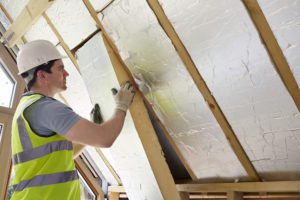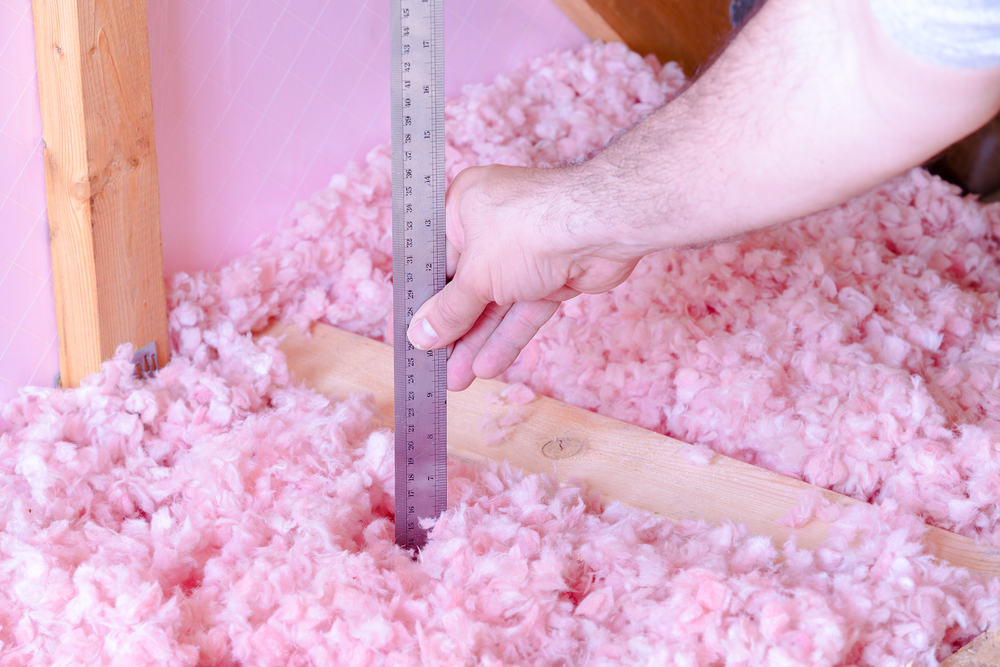What dictates the level of comfort in your home? To a certain extent, the answer often concerns your heating and cooling systems. Most people think of comfort and even energy efficiency as a function of their air conditioner or their furnace alone. However, your home itself also plays a major role in determining comfort and efficiency. If it didn’t, your walls wouldn’t need any insulating material to prevent the loss or absorption of heat energy into your home. Although it is easy to overlook, choosing the best insulation for your home is an essential part of keeping your power bills lower and your HVAC equipment working for a longer period.
So, what is the best kind of insulation? It’s helpful first to consider the many different kinds. Homeowners have many options when considering insulating materials, and each has some pros and cons that you should know.
The Different Types of Insulation to Know
Insulation technology has changed dramatically over the past century as people spend more time indoors, and energy consumption has become a bigger concern. As a result, there are many different products on the market. The following are the most common household solutions you’re likely to encounter. 
1. Blankets, rolls, and batts
These products are what most people think of when they consider “insulation.” Usually made from fiberglass, this easy-to-use product is often pre-made to standard widths for easy installation. They provide decently good insulating capabilities, although you may need insulation at a thickness of nearly a foot or more to achieve the right outcome in colder climates.
2. Blown-in fill insulation
A more modern type of insulation, “blown-in” insulation uses a high-powered spray gun to fill wall spaces and tight crevices with a unique insulating material made from fiberglass or recycled paper. Installation is quick, and the energy-saving properties usually make it a relatively cost-effective option.
3. Spray-foam insulation
Made from polyurethane, spray foam also uses a machine for application purposes. However, it expands and hardens after application, sealing gaps and creating a very effective insulating barrier. Some types of spray foam deliver the highest R-values on the market today. Up-front expenses can be higher with this type of insulation, but it also lasts longer.
4. Foamboard
A simple and straightforward type of insulation, this method involves using flat and rigid boards that are mounted onto the uninsulated spaces. Their material construction helps to stop the conduction of heat and works well in many household applications.
Beyond these four main types, other kinds of insulating solutions are more specialized in certain kinds of structures. An HVAC contractor can provide you with more details if necessary and help you understand each type’s environmental pros and cons.
The Best Insulation Achieves the Right R-Value for Your Home
When trying to decide from the above solutions, you’ll want to consider the “R-value” of the materials carefully. R-value refers to how well a material stops heat from escaping based on the insulating material’s thickness. The Department of Energy has published a handy guide for homeowners to follow. This guide divides the United States into different regions by R-value and includes recommended insulation thicknesses to achieve baseline energy efficiency standards. The best insulation you can choose will provide the appropriate R-value at the right cost. In some cases, you may even choose to exceed the stated standards. Beware, though — there are diminishing returns as you insulate a structure further.
Factors to Consider when Choosing Insulation
Alongside the actual insulating properties of the material you select, the right insulation for your home should also satisfy several other factors. When choosing a product, you should look for one that meets the following criteria:
- Cost-effectiveness. How much money do you need to pay for the appropriate amount of insulation to achieve the right R-value? The best insulation for your home will be the one that hits your target numbers at the right price.
- Durability. How long does the material physically last in a typical installation? Can it stand the test of time? Durability is an important consideration, especially in areas such as attics, basements, and crawlspaces.
- Longevity. Does the material maintain its best insulating properties over the years, or does it require more frequent replacement? Look for durable materials that won’t need changing every few years.
Finding Help to Choose the Right Insulation for Your Home
The best insulation depends on your home, its location, its size, and of course, the local climate. What works best for one older home may not provide the same benefits or effectiveness for another, more modern home. Continue to research the different types of insulation, or consider contacting a local heating and cooling contractor to investigate how to make your home as thermally efficient as possible. With a professional’s help, you can balance the different factors of cost, effectiveness, and longevity to install insulation that will keep you more comfortable year-round — while also leaving more cash in your pocket, too.

